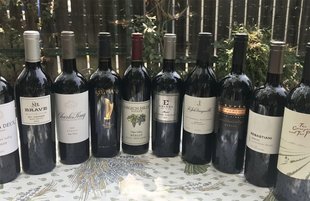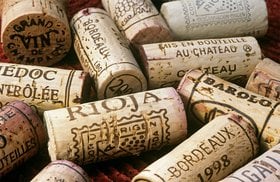Merlot (Wine Regions, Styles, Best Wines 2025)
What makes Merlot such a popular red wine and which bottles should you buy in 2024?
Merlot is the second most planted grape variety in the world after Cabernet Sauvignon, but finds its best expression in the renowned Bordeaux wine region. It produces a stunning range of delicious red wines - from the expensive Bordeaux reds to several easy-drinking, everyday wines.
In this article, explore the world of Merlot in detail - from its fascinating history to where it’s made, unique wine styles, and the best Merlot wines to buy in 2024.
Also, find out the easiest way to invest in these delicious reds.
Further reading
- Want to invest in fine wines? Here’s An Insightful Guide To Investing In Collectible Wines.
- Feeling like a red wine? Try these Breathtaking Tempranillo and Elegant Grenache Wines we picked for you.
A Quick Intro to Merlot
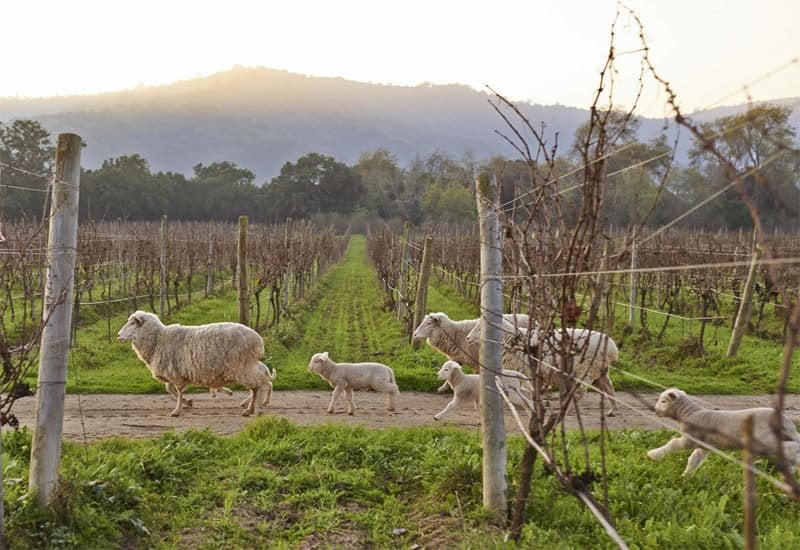
Merlot is a dark-skinned grape hailing from the Bordeaux region of France. It is also grown in Tuscany, America, Chile, and several other countries around the world.
The Merlot grape is a cross between Cabernet Franc and Magdeleine Noire, and is a half-sibling of Cabernet Sauvignon and Carmenere.
The soft and fleshy Merlot grape produces a variety of wines - dry (less than 10g residual sugar), medium and full bodied wine.
Let’s dive into its fascinating past.
Also read: Find the Best Champagne Wines for your big dinner. Also, find The Right Glass to serve it!
A Brief History of Merlot
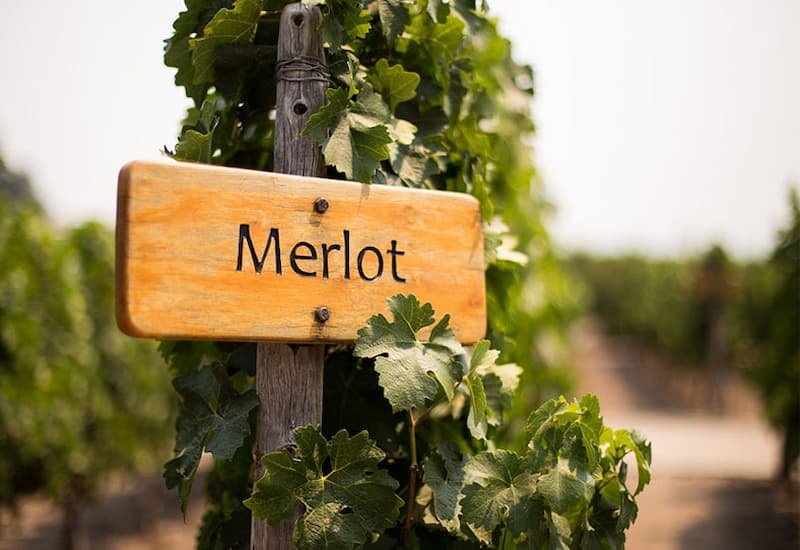
The earliest mention of Merlot was in 1784 when a Bordeaux official claimed that the red wine Merlau from Libournais was the best in the region. In 1824, an article on Medoc wine claimed that the grape “Merlot” is named after a local blackbird, merle (meaning “little blackbird.”)
Soon after, the grape was recorded in Venice as Bordo in 1855. By the end of the 19th century, Merlot was extensively planted in the Medoc region of France, and reached Switzerland as well.
In 1956 a severe frost ruined the Merlot vines of the Bordeaux region, and the wine producers had to replant the grape. Soon after, the replanted Merlot vines were destroyed by rot, ruining many 1960s vintages.
To protect the regional viticulture, Bordeaux authorities banned new Merlot plantings in 1970. But Merlot wines continued to become popular worldwide - thanks to their fruit flavors and silky texture.
So, in 1975, the ban on their cultivation was lifted, and Bordeaux winemakers began planting the grape all over again.
Also read: Before you dive into more details about Merlot, check out how to make these refreshing wine cocktails - a fruity Sangria and a refreshing Mimosa.
Merlot: Climate, Terroir
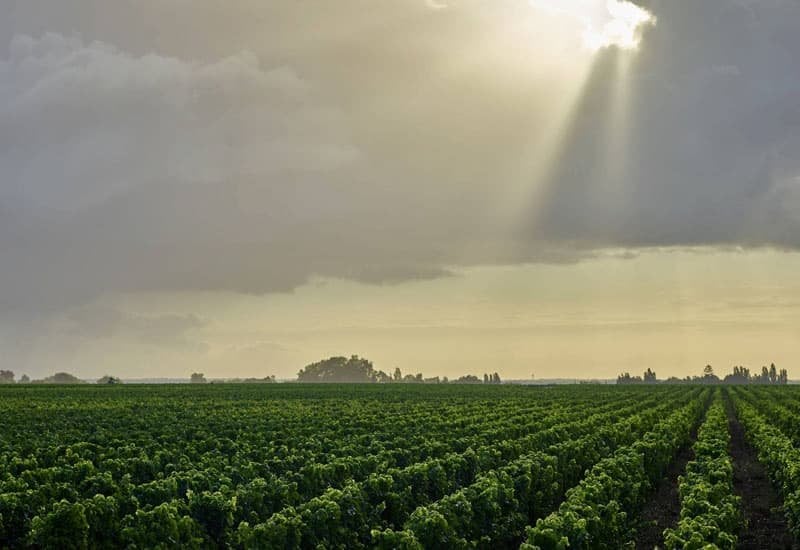
Like Cabernet Franc, Merlot grapes prefer cold and well-drained ferrous clay soils.
Merlot is grown in cool-climate regions (France, Italy, and Chile) as well as warm-climate regions (California and Australia). Cool climate Merlot is more structured and has higher tannin levels as compared to the fruit-forward, easy-drinking warm climate Merlot.
Here’s something interesting!
Merlot grapes from cooler-climate northern Italy regions have been reaching their ripeness level faster due to global warming.
Also read: Want to check out other delicious red wines? Explore the intense Malbec and fruity Barbera wines.
Now let’s look a little deeper into Merlot wine regions.
Merlot Wine Regions
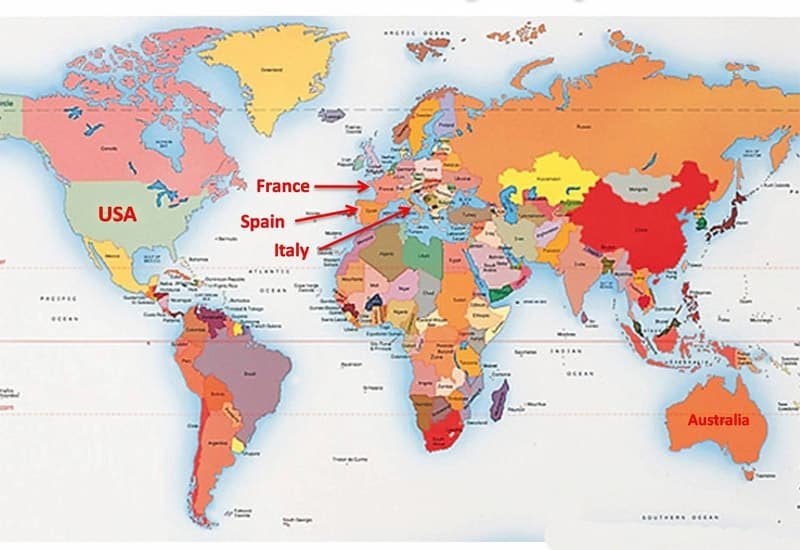
Here are some significant Merlot wine regions of the world.
1. France
Merlot is one of France’s most common grape varieties, and is primarily grown in Bordeaux. The cooler-climate wines are mostly a blend of Merlot and Malbec, aged in French oak barrels.
In Bordeaux, a winemaker typically uses 25% Merlot in the red Bordeaux blend (along with Cabernet Sauvignon, Cabernet Franc, Malbec, and Petit Verdot.)
The Merlot grape is most popular on Gironde’s right bank (Pomerol and Saint-Emilion appellations.) The right-bank wines are Merlot-centric with minimal quantities of other red wine grapes.
In St Emilion, Merlot is often used as a blending partner with Cabernet Franc.
On Bordeaux’s left bank, Medoc is the main Merlot producer. The clay-rich soils of Medoc provide the perfect terroir for the thin skinned grape.
If you’re looking for the highest quality wine, look for wines from the Chateau Petrus and Domaine Jean Michel wine estates.
Merlot is also grown in Provence, Loire Valley, Côtes de Bordeaux, Vienne, Bergerac, and Cahors.
Also read: Explore the famed French appellation known for its Grenache-based red blends - Châteauneuf-du-Pape.
2. Italy
Italy produces some of the most delicious cooler climate Merlots in Europe and the world.
While French Merlot is known for its velvety tannins and fruity flavor, Italian Merlot is admired for its light body and green notes (underripe characteristics that appear when the grape was picked before full ripeness.) The process of oak aging also gives the wine flavors of chocolate that adds a subtle sweetness to the wine.
Friuli, the main Italian Merlot wine region, produces mostly varietal wines. It also produces some Merlot-Cabernet (Sauvignon and Franc) blends.
In Super Tuscans, Merlot is used as a blending grape with Sangiovese. Although Merlot is not a dominant grape in the blend, it plays a key role in producing softer tannin Super Tuscan wines.
The grape is also used as a blending grape in Veneto, Alto-Adige, and Umbria wines.
Also read: Discover the magnificent Chianti Wine Region.
3. United States
Did you know? In the 1980s, Merlot is what gave Washington an entry into the international wine industry.
In the US, liquor stores saw surging Merlot sales until the 2004 American movie Sideways ruined the wine’s reputation. (The protagonist spoke fondly of Pinot Noir while denigrating Merlot.) Thanks to Sideways, there was an upsurge of Pinot Noir sales by 16% in western US.
But this downslide in popularity was short-lived. All’s well now as Merlot has become one of the fastest-growing grape varieties in this New World wine region.
The two most prominent Merlot wine regions are California and Washington State. Look out for great Merlot wines from Duckhorn Vineyard in California and Columbia winery in Columbia Valley (Washington.)
The warm climates of California (especially Sonoma County, Paso Robles, and Napa Valley) are perfect for producing great Merlot wines. California Merlot was produced as a 100% Merlot varietal wine until the winemaker, Warren Winiarski, started producing the wine in the red blend style of the Bordeaux region.
You will also find a unique fruity California Merlot, infamously referred to as “red Chardonnay” by some critics, in the region.
Merlot wine is also made in Ohio, Texas, Virginia, and Oregon.
Read more: Explore Zinfandel, one of California’s most popular red wines.
4. Chile
Merlot is the third most widely grown wine grape of Chile after Cabernet Sauvignon and Listan Prieto. The major Merlot wine regions of the country are Colchagua and Maule Valley.
Did you know? Until the early 1990s, Carmenere wines were mistaken to be Chilean Merlot wines!
But, no longer. Chilean Merlot - a dry wine with subtle dark fruit flavors - is as popular as Chilean Carmenere wines.
5. Other Merlot Wine Regions
Merlot wines are also made in Spain, Germany, Australia, Switzerland, Austria, Bulgaria, Canada, Argentina, New Zealand, South Africa, and Hungary.
Now, since Merlot is a widely spread grape variety, it has given rise to a few different wine styles.
Merlot Wine Styles
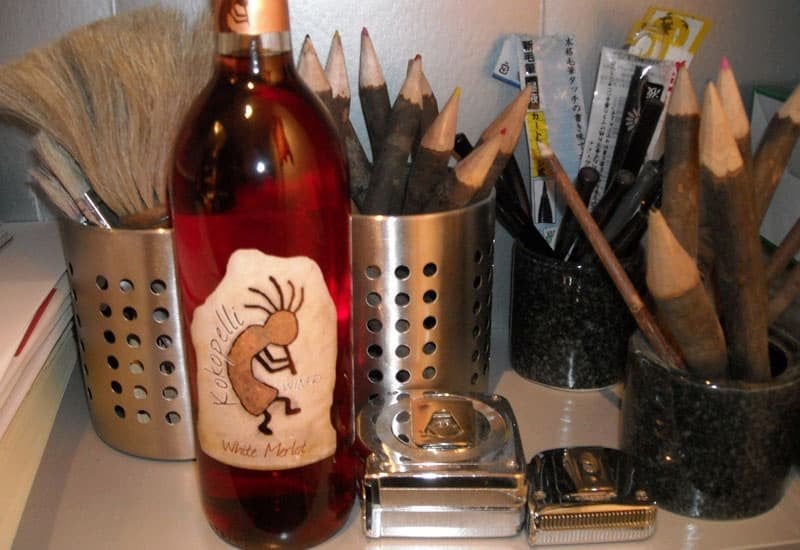
There are three major Merlot wine styles.
- Varietal: Merlot varietals have strong fruity aromas of plum, cassis, and cherries with velvety tannins.
- Blends: Merlot is often blended with Cabernet Sauvignon, Cabernet Franc, Malbec, or Sangiovese to produce bold red wines with a smooth finish. The most popular Merlot blend is the Bordeaux blend.
- White Merlot: A unique Merlot wine, white Merlot is produced by crushing the Merlot grapes after very brief skin contact. The pink juice is then runoff, and the must is fermented, producing a raspberry-flavored wine.
Based on the harvesting period, Merlot can also be broadly divided into “international style” and Bordeaux style wines.
- International style: In this case, winemakers leave the grape on the vine after it ripens. This reduces levels of acidity in the wine. They are full-bodied with high alcohol levels and intense black currant and plum flavors.
- Bordeaux style: These wines are produced from early harvested grapes and have high acidity. They are medium-bodied with moderate alcohol and fresh red fruit flavors.
Also read: A white wine lover? Try these rich Rieslings, crisp Pinot Blancs and aromatic Sauvignon Blanc Wines.
Taste, Characteristics, and Food Pairings with Merlot Wine
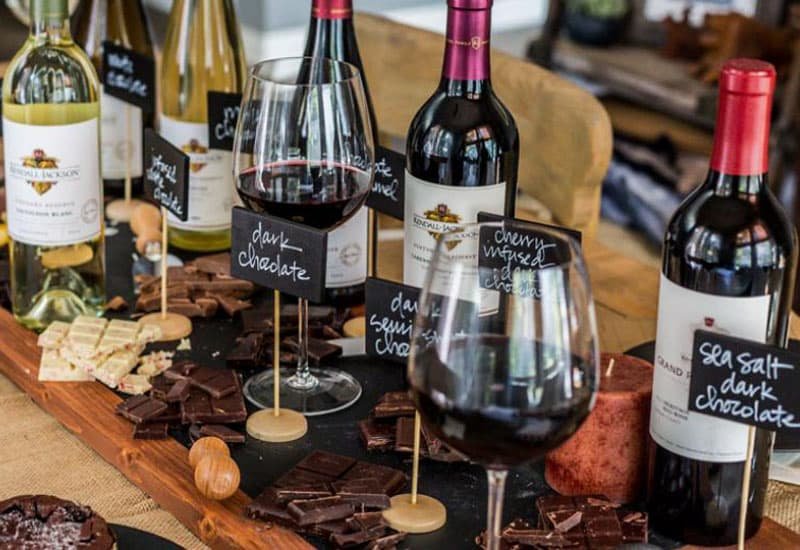
Merlot wines have supple tannins, medium-high acidity, and 13%-15% ABV (Alcohol by Volume.)
Merlot wines showcase a range of flavors, including plum, blackberry, black cherry, graphite, and herbal notes. Aging in oak barrels lends the wine vanilla and subtle bitter chocolate notes. As it ages, you may also get layered notes of clove, vanilla, and cedar.
Meaty foods (like beef and venison), cheeses, and bean dishes are the perfect match for your Merlot’s rich flavor.
Counting calories? In a glass (a 5-ounce serving), Merlot packs in around 125 calories (625 calories in a 750ml bottle.)
Now, the wine from this popular red wine grape is often compared to Cabernet Sauvignon and Pinot Noir.
Merlot Vs Cabernet Sauvignon and Pinot Noir
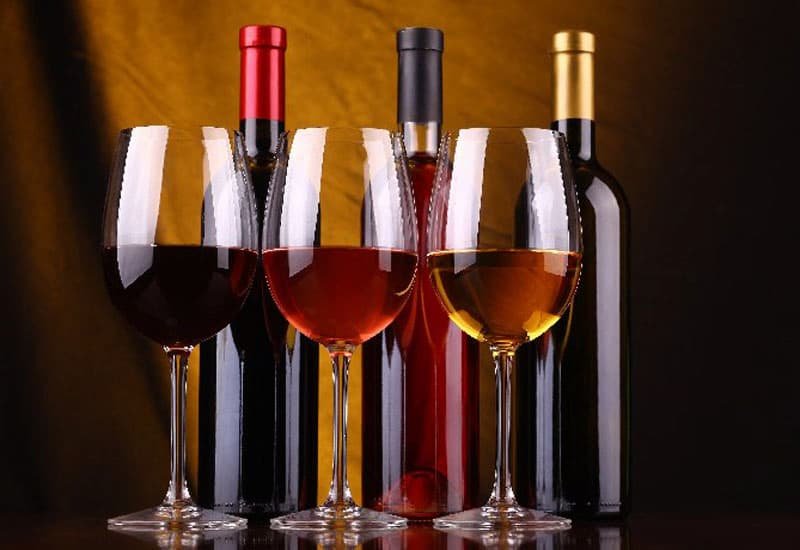
Let’s see how these wines are different.
What’s the difference between Merlot and Cabernet Sauvignon?
- Compared to the soft tannins of Merlot, Cabernet Sauvignon has firmer tannins with higher acidity.
- Cabernet Sauvignon is a robust and dry wine while Merlot is delicate and fruitier.
What’s the difference between Merlot and Pinot Noir?
- Compared to Pinot Noir, Merlot is softer, less acidic, and is a more full bodied wine.
- Pinot Noir has intense red fruit notes with slightly earthy flavors of mushroom and cloves, while Merlot has blackberry and plum notes.
Looking for the perfect Merlot for your anniversary dinner?
Best Merlot Wines to Buy in 2024 (Including Tasting Notes, Prices)
Here are some of our favorite Merlot wine bottles - all of which would make perfect wine gifts and collectibles!
1. 2018 Petrus, Pomerol

This is a great Merlot wine from a renowned producer from the Bordeaux region. The 2018 Petrus has a dark and intense fruit flavor of black cherry and cassis. The aging in oak barrels gives this Bordeaux wine aroma of black pepper, licorice, and rich baking spices.
On the palate, you will notice silky tannin notes and the rich flavor of berries.
Price of 2018 Petrus, Pomerol: $5,120
2. 2000 Le Pin, Pomerol

A classic Merlot, this red wine displays a deep ruby color in the glass. The nose opens to a bouquet of ripe fruit aromas with cocoa, vanilla, herbs, and spice. This varietal wine has a firm tannin content and a creamy finish.
Price of 2000 Le Pin, Pomerol: $5,592
3. 1990 Masseto Toscana IGT
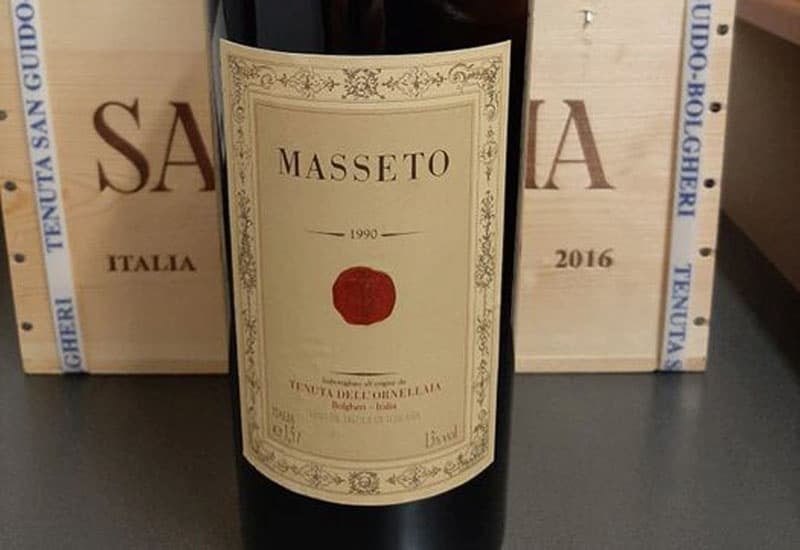
This Italian Merlot is dominated by black fruit flavors with subtle hints of tobacco, and licorice. The well-integrated tannins give the wine an incredibly smooth finish.
Price of 1990 Masseto Toscana IGT: $1,614
4. 2010 Trilogie de Le Pin, Pomerol
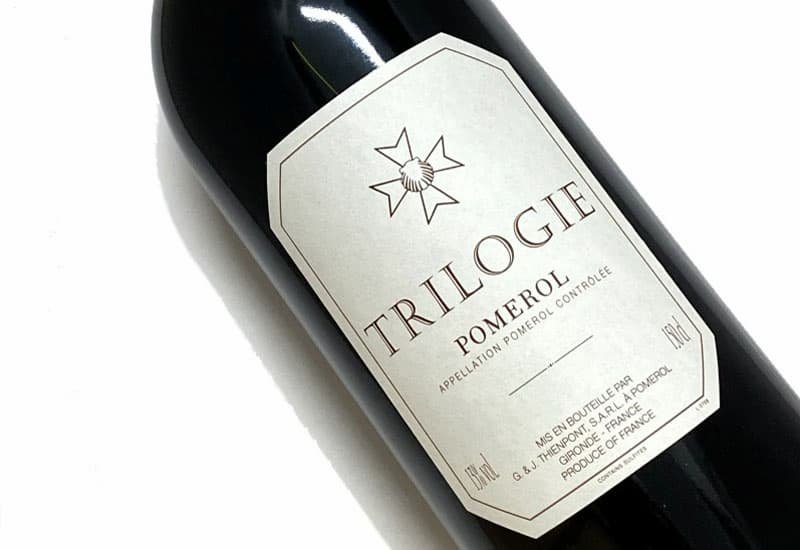
This red wine from Libournais has perfectly balanced acidity and tannins. This Bordeaux wine gives off intense woody scents. Dark fruit flavors dominate the palate.
Price of 2010 Trilogie de Le Pin, Pomerol: $885
Also read: Explore Delicious Rose Wines from across the globe!
5. 2013 Kapcsandy Family Winery State Lane Vineyard Roberta's Reserve, Napa Valley

This Napa Valley Merlot has an aromatic bouquet of violets, blueberry, blackberry, licorice, and flowers. This warm climate Merlot has a smooth palate and dark fruit flavors.
Price of 2013 Kapcsandy Family Winery State Lane Vineyard Roberta's Reserve, Napa Valley: $648
Another warm climate Napa Valley Merlot is the 2016 Duckhorn Three Palms Vineyard Merlot. This New World wine is admired for its fruit-forward palate.
6. 1999 Miani Merlot Colli Orientali del Friuli

A firecracker on your senses, this cool climate Merlot has velvety softness, and rich aromas.
Dried prune, mushroom, leather, and coffee notes dominate the nose. The palate has soft tannins, refreshing acidity, and dried fruit flavors.
Price of 1999 Miani Merlot Colli Orientali del Friuli: $461
7. 2004 Miani Filip Colli Orientali del Friuli Merlot

The 2004 Miani is a pure international style Merlot wine with intense dark fruit notes of blackberry, black cherry, and blueberry with supple tannin.
Price of 2004 Miani Filio Colli Orientali del Friuli Merlot: $360
8. 2000 Tua Rita Redigaffi Toscana IGT

A fully-matured wine, this 2000 vintage displays a dark purple color in the glass. The palate is concentrated with silky tannins and balanced acidity.
Price of 2000 Tua Rita Redigaffi Toscana IGT: $685
9. 1994 Le Macchiole Messorio Toscana IGT

Another fully-matured Merlot from Tuscany, the 1994 Le Macchiole Messorio has a perfumed nose with blackberry and black cherry scents. The rounded palate has well-integrated tannins.
Price of 1994 Le Macchiole Messorio Toscana IGT: $550
10. 2009 Miani Buri Colli Orientali del Friuli Merlot
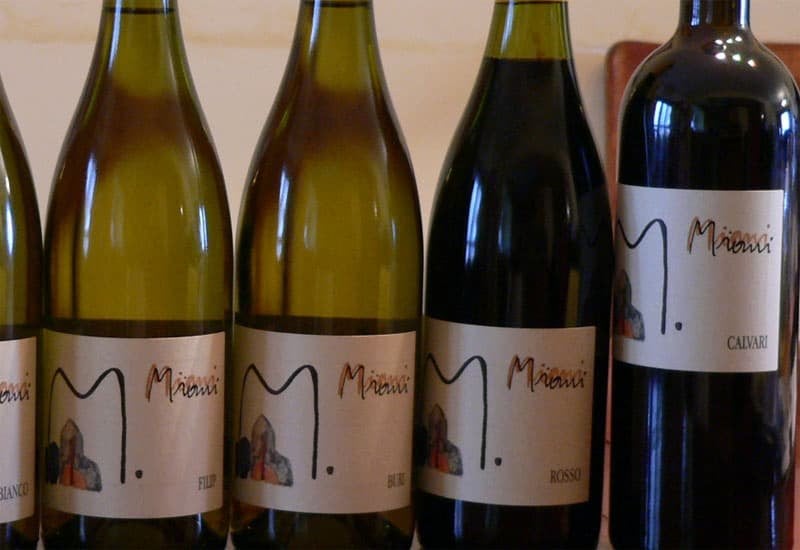
This red wine has black and red fruit aromas with hints of leather, rust, and forest floor. On the palate, you will notice ripe fruit notes of cherry, blackberry, blueberry.
2009 Miani Buri Colli Orientali del Friuli Merlot: $319
Now, is Merlot wine worth investing in, and which Merlots are worth investing in?
Should You Invest in Merlot Wine?
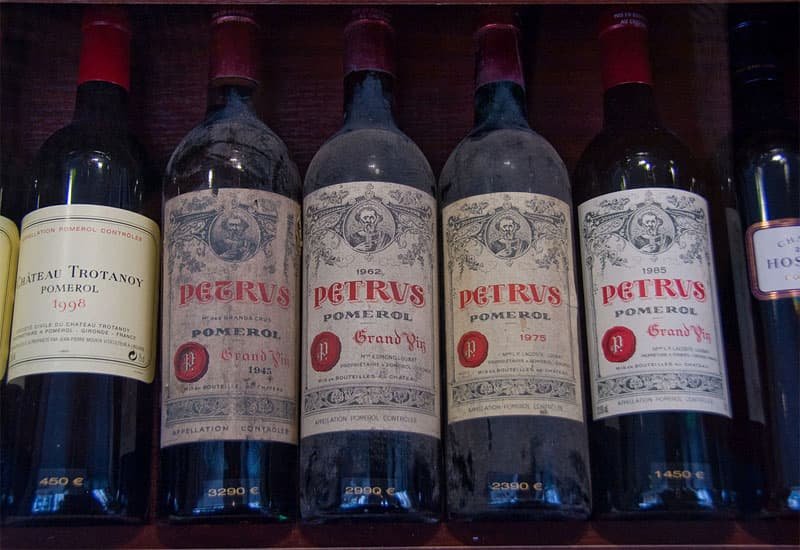
Merlot’s supple texture and acidic nature help it improve with age, and the best ones can effortlessly age for 15-20 years. Luscious Merlot-based wines from Pomerol’s Le Pin, Petrus, and Lafleur wineries, and Saint Emilion wines like Angelus, Ausone, Cheval Blanc, and Pavie make ideal long-term wine investments.
Some prestigious Merlot wines have seen a commendable price appreciation over the years. The 1999 Petrus was released at $733 per bottle and is now priced at $2,839 per bottle. The 2010 Petrus went from $2,895 to $3507 in five years (2013-’18.)
As for auction prices, a Cheval Blanc 1947 Saint-Emilion was sold at a whopping $135,125 at a San Francisco auction in 2006. A Le Pin 1990 magnum was sold at $10,200 at a Christie’s New York auction in 2009.
But again, only well-made Merlot bottles from prestigious wineries will show such remarkable price growth.
So, how do you find the right bottle for yourself?
You can find and invest in the right Merlot and other collectible wines through a trusted wine investment company like Vinovest.
Buy Fine Merlot and Other Collectible Wines through Vinovest

Vinovest is a leading wine investment firm that helps you buy, store, and sell authenticated Merlot, Cabernet Sauvignon, and other collectible wines from across the world - be it from Sonoma county, St. Emilion or Argentina!
How Does It Work?
You can start investing through Vinovest with four quick steps.
- Sign up
- Share your investment preferences and risk appetite by answering a few questions.
- Fund your account with a minimum of $1,000.
- Start building a winning fine wine portfolio!
Benefits
Here are some reasons why Vinovest is a perfect choice.
1. Best Prices
Vinovest buys your Lambrusco, Bordeaux wines, Tempranillo, sweet red wine, or any other wine bottle directly from wineries, global wine exchanges, and wine auctions, so you get your bottle at below-retail prices.
2. Access to a Deep Network
Investing through Vinovest gives you access to a deep wine network of rare wineries, limited edition wines, and upcoming vineyards, even in lesser-known regions.
3. Optimal Storage
Your sweet white wine or any other bottle is stored under optimal temperature, light, humidity, and vibration.
4. Provenance and Authentication
Every wine bottle you buy through Vinovest is checked for provenance. So, you won’t have to worry about a counterfeit Chateau Lafite ever again!
5. Easy Delivery
Found the right buyer for your Pouilly-Fuisse? Vinovest will get your bottle delivered to your (or your buyer’s) doorstep hassle-free!
6. Full-Coverage Insurance Policy
The wine bottle you buy through Vinovest comes with an insurance policy that covers breakage and loss. So sit back and sip a Kir Royale or any other Champagne cocktail while your bottle sits in the warehouse for years or gets shipped to you or your buyer.
7. Low Overall price
In addition to the $1000 minimum investment, Vinovest charges a fee of 2.5% (1.9% for a portfolio of $50,000 or more.)
This fee includes buying, storage, selling, authentication, full-coverage insurance policy, and portfolio management. Also, bonded warehouses don’t charge any excise duty or VAT.
8. Ownership
You have complete ownership of every bottle you buy through Vinovest.
Add a High-Value Merlot to Your Wine Collection
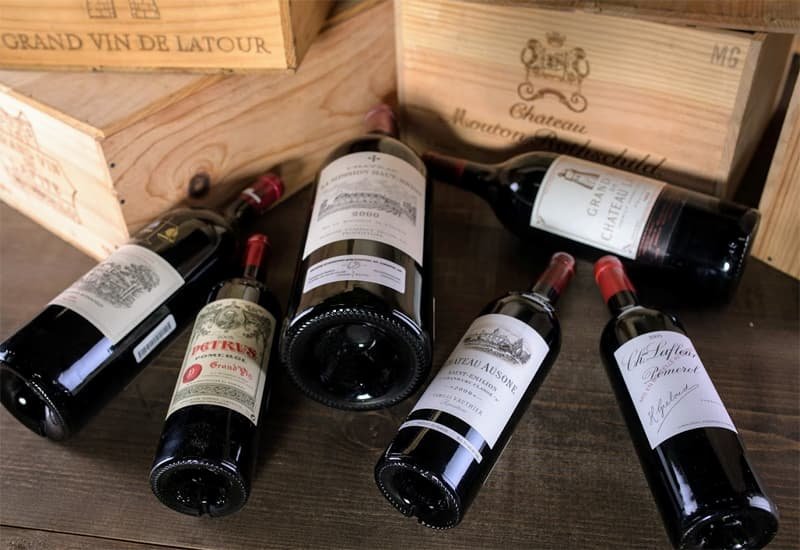
What’s better than a glass of rich Merlot on a summer evening? Wine drinkers love Merlot for its accessibility and the staggering variety of styles it comes in.
Its delectable taste aside, high-value Merlot-based wines especially from Bordeaux’s Pomerol and Saint-Emilion are great assets to add to your wine collection.
Simply sign up on the website and start building your rewarding wine collection today!
